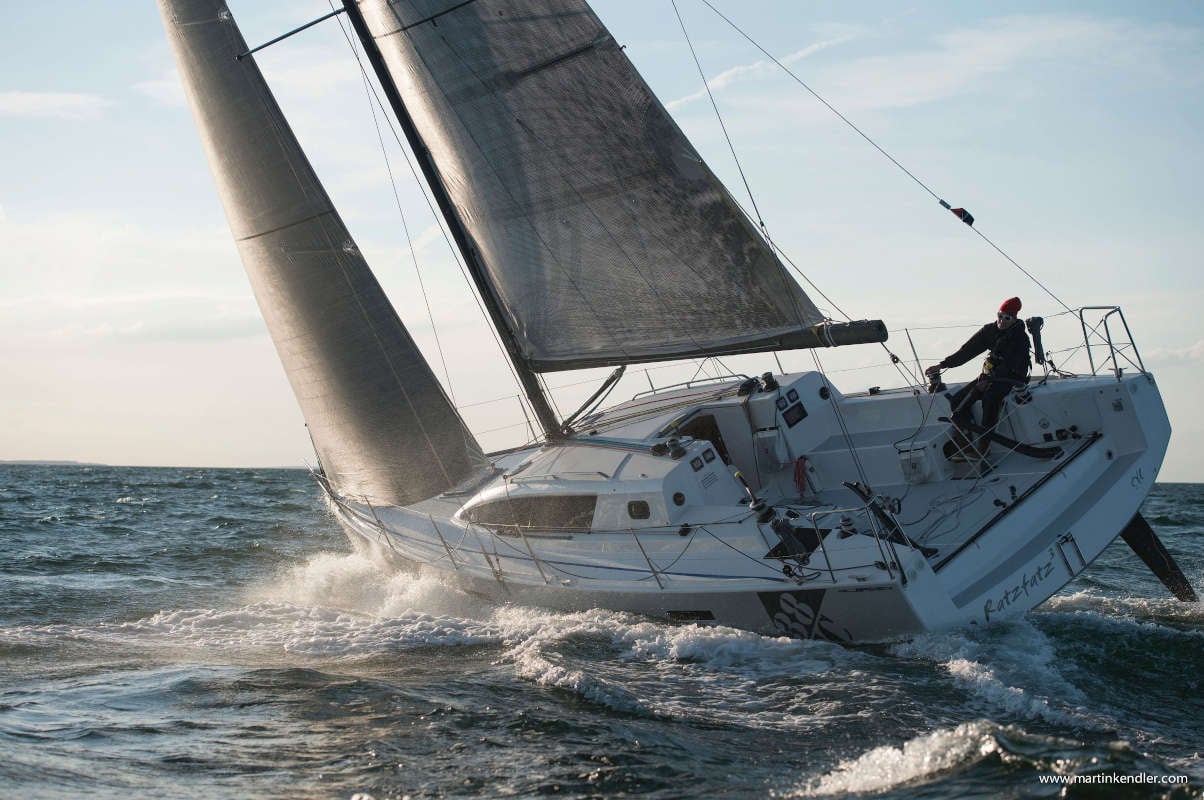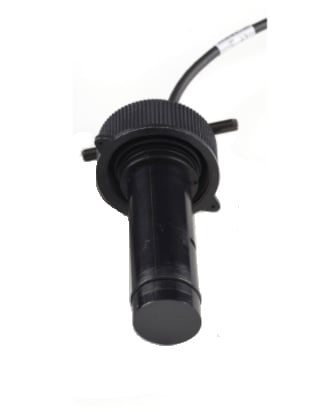
Image credit: Martin Kendler
nke is a specialist marine electronics manufacturer which has built a reputation, over 35 years, for high quality, precision navigation instruments for sailing yachts. Profiling companies like this is part of Upffront.com’s raison d’être: successful but relatively small businesses which maintain a laser focus and keep raising their game, to stay ahead of the competition.
Prior to founding nke in 1984, Noel Kerebel had been an electronics specialist in the French Navy, followed by some time at Plastimo, where he was in charge of their Electronic product ranges. A break-through idea for calculating True Wind direction, using micro-controllers, was the trigger for Kerebel to go out on his own to launch his first nk2 product range.
With a small team focused on product design and sales, Kerebel subcontracted all the engineering, manufacture and assembly of his designs to an electronic instrument manufacturer, Micrel.
The initial target for this product range was to bring cost effective, accurate instrumentation to the mass leisure sailing market and Noel quickly landed Beneteau France, as a customer, and equipped a large part of their fleet over the following decade. However, it was the launch of the Gyropilot autopilot system in 1995 which re-aligned the company onto its true course.
 The first Gyropilot - 1995
The first Gyropilot - 1995
Prior to the Gyropilot the only way for sailors to steer to the wind direction had been using a wind vane. To this day, wind vanes have significant advantages for offshore cruisers, however, they are relatively in-accurate and struggle, particularly downwind and in lighter airs. It was the inclusion of a Gyrometer into the nke autopilot system which provided accurate “rate of turn” data which allowed the Gyropilot computer to steer an accurate and responsive course, even downwind in waves.
Focus on sailing autopilot systems
Over-night the sailing autopilot was transformed, and it was now possible to steer a boat downwind with a spinnaker. Unsurprisingly, early adopters of this new technology were the single-handed offshore racing fraternity and one of the early Gyropilot systems was installed on Michel Desjoyeaux’s OPEN 60 PRB, which went on to win the Vendée Globe Challenge in 1996.
This started a 25 year obsession on continuous improvement to develop the best sailing autopilot system on the market. The option to sail to the true wind angle was added to the Gyropilot in 2000 which helped Michel Desjoyeaux secure a second Vendée Globe win.
An autopilot system is only as good as the sensors which are feeding it information and nke’s drive to improve its autopilot system has created some of the best sensors available on the market. The nke High Resolution (HR) Wind sensor is generally accepted as one of the most accurate and used on many grand prix race boats, including Americas Cup.

Their Ultrasonic Speed sensor is also a stand-out in its field. Providing accurate boat speed from 0.3 – 50 knots with a resolution of 1/100 knots from a lightweight unit which can be flush mounted in the hull and even covered with anti-fouling. It is invisible, silent yet extremely effective.
 The autopilot market for motorboats and commercial vessels is vast, by comparison to the leisure sailing market, but nke have deliberately chosen to focus on producing the best possible sailing autopilot, staying closely aligned to the founders expertise on true wind calculation.
The autopilot market for motorboats and commercial vessels is vast, by comparison to the leisure sailing market, but nke have deliberately chosen to focus on producing the best possible sailing autopilot, staying closely aligned to the founders expertise on true wind calculation.
This means their production is relatively low volume and, as a result, it has all been kept locally in France with a focus on high quality. The direct link between the sales team, engineers and production has enabled continuous development and improvement of their products. Unusually, in this age of disposable commodities, they also work very hard to ensure all new parts are compatible with their older models and even offer a good old-fashioned “repair service”!
Future developments?
The recent advent and explosion of foiling in all aspects of sailing has created a new challenge, but this is like a “red rag” to the “nke bull” and given them a clear focus for the next phase of autopilot development.
They are currently working on integrating a much larger number of sensors into the system, including Inertia Motion Units (IMU) and significantly ramping up processing power of the computer to be able to handle the vast quantities of sensor data. With some of the most accurate and responsive sensors on the market, nke are well placed to quickly adapt and benefit from this latest transition.
Conclusion
35 years on, nke has just 20 employees (5 engineers, 5 commercial / admin and 10 production staff) but a well-deserved, international reputation. They continue to lead the field in grand prix marine electronics whilst supporting their existing customers with lifetime hardware compatibility and a repair service. Their autopilots are the benchmark for offshore performance cruisers and their wind / speed sensors provide inshore regatta and grand prix sailors with the very best navigational instrumentation.
But what constitutes a "Good" autopilot?
You are an ex dinghy sailor and love nothing better than broad reaching down a big ocean swell in 30 knots. You pride yourself on your ability to steer down waves. Increasingly however, to their amazement (and dismay!), single-handed offshore sailors are finding that it is far more efficient to let the autopilot steer in these conditions…. So, you can have as much fun as you like but you can also be confident that you are in good hands when you want to go below for a cup of tea and get your head down!
Browse our range of nke electronics online here or if you have a question or need some help with your onboard electronics send us an email to support@upffront.com


